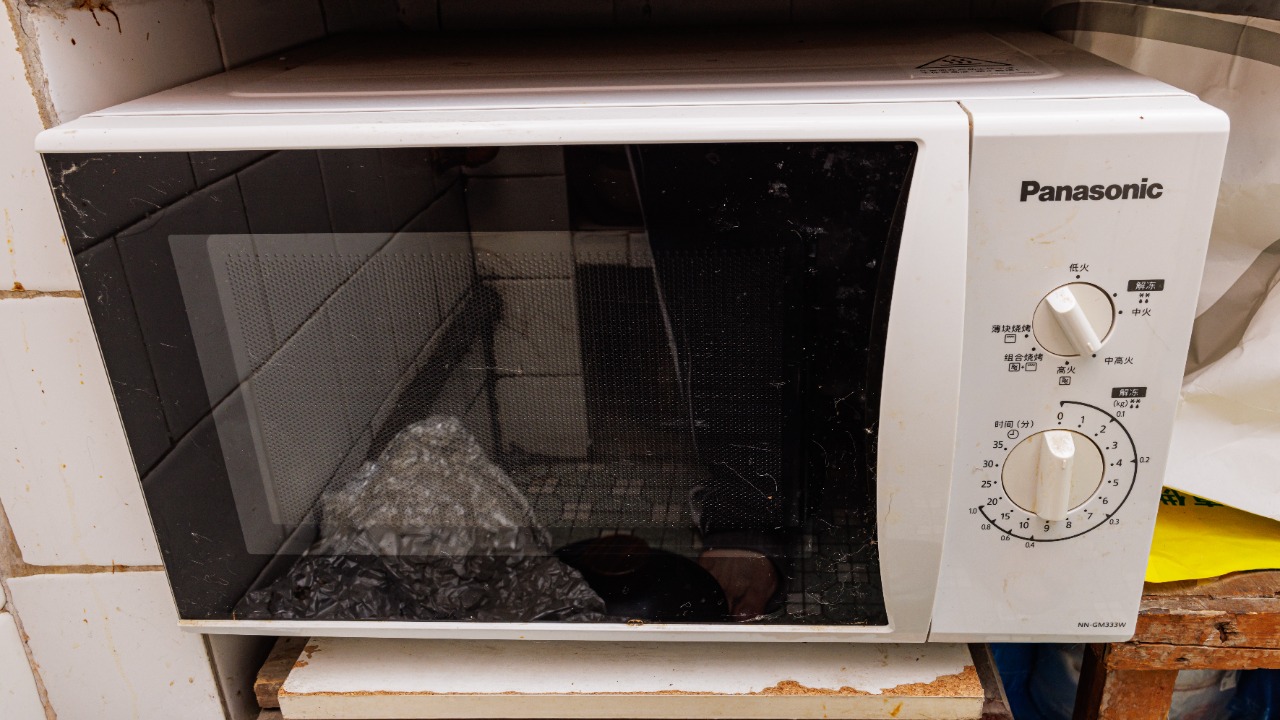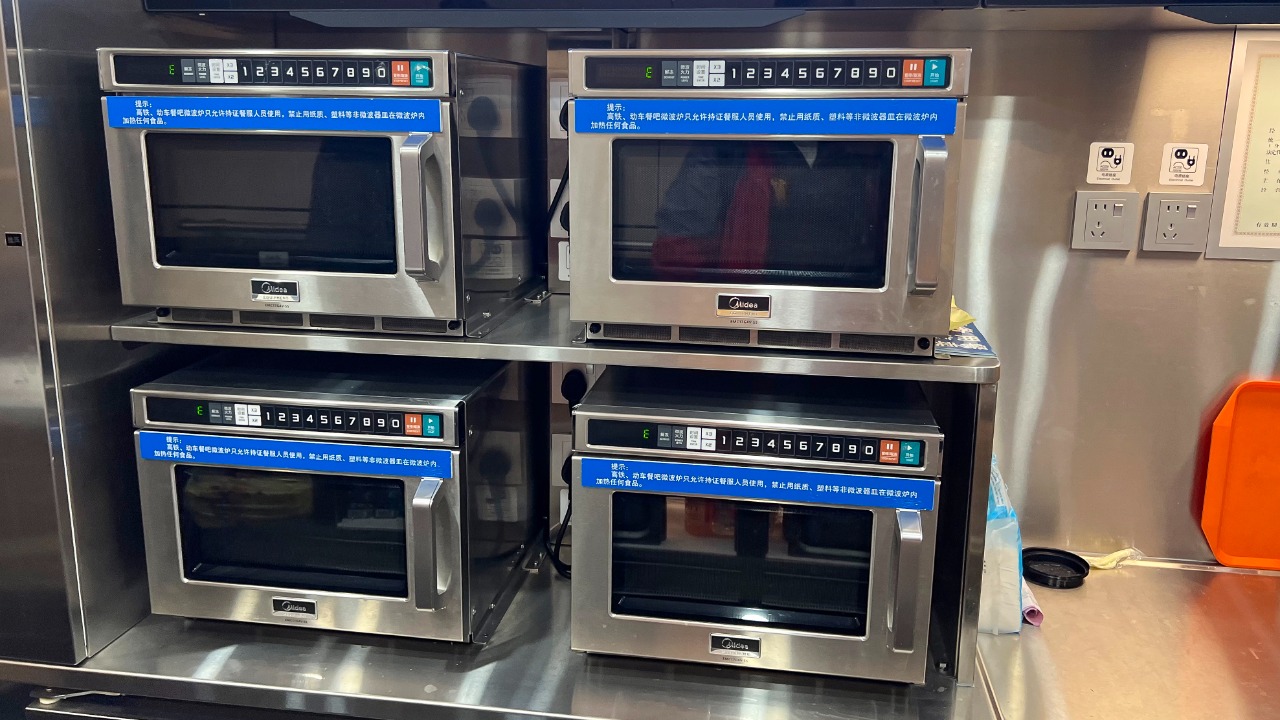
Researchers at West Virginia University (WVU) have made significant strides in the development of a microwave technology that could revolutionize industrial chemical reactions. This innovative technique harnesses the power of microwaves to boost energy efficiency, potentially reducing the high energy demands of chemical processes across various industries.
Background on Traditional Chemical Reactions

Conventional heating methods for chemical synthesis often require high energy consumption. For instance, industrial processes such as the production of polymers and pharmaceuticals typically rely on prolonged heating, which can be both energy-intensive and costly (Phys.org). This energy demand often results in significant environmental impact, with greenhouse gas emissions from fossil fuel-based heating in chemical plants contributing to global warming (Tech Explorist).
Traditional reactors also have their limitations. Uneven heating and long reaction times can increase operational costs and reduce efficiency. These challenges highlight the need for more energy-efficient solutions in the chemical industry (WVU Today).
The Microwave Technique Explained

The microwave technique developed by WVU researchers offers a promising alternative. Unlike conventional heating, microwave irradiation provides rapid and selective heating at the molecular level. This approach allows for more efficient and controlled chemical reactions (Bioengineer.org). The new microwave reactor design maintains precise temperature control for reactions, further enhancing energy efficiency (Tech Explorist).
The basic mechanism involves microwaves interacting with polar molecules to accelerate reaction rates without the need for excess energy input. This process not only reduces energy consumption but also speeds up the overall reaction time (ScienceDirect).
Development at West Virginia University

The team at WVU has been instrumental in pioneering this technology. Their research has led to key milestones, including the development of a microwave reactor prototype and ongoing efforts towards commercialization, announced in February 2024 (WVU Today). The project has also involved collaborations with industry partners to scale up the prototype for larger industrial applications (Phys.org).
Testing phases have included lab demonstrations of energy savings in specific chemical reactions. These tests have provided valuable data to support the potential benefits of the microwave technique (Bioengineer.org).
Energy Efficiency Gains

Experimental data suggest that the microwave technique could lead to significant reductions in energy use. For certain reactions, heating requirements could be reduced by 50-80%, representing substantial energy savings (Tech Explorist). Additionally, the microwave methods can shorten processing times from hours to minutes, further reducing overall energy demands (ScienceDirect).
These efficiency gains could have significant cost implications for industries. Reduced fuel consumption and operational downtime could lead to substantial cost savings, making the microwave technique a financially viable alternative to traditional heating methods (WVU Today).
Industrial Applications

The microwave technique has potential applications across various industries. In pharmaceutical manufacturing, for example, the precise control offered by microwave heating can minimize the production of side products and reduce energy waste (Phys.org). The technology is also scalable for use in petrochemical processes, suggesting potential for large-scale implementation (Bioengineer.org).
Furthermore, the microwave technique could be used in materials synthesis, such as the production of advanced polymers. This could help to reduce the environmental footprint of these processes (Tech Explorist).
Challenges and Solutions

While the microwave technique offers many benefits, it also presents some technical challenges. For example, microwave penetration depth can be a concern in larger reaction volumes. However, these issues can be addressed through careful reactor design (ScienceDirect). Safety considerations are also important, with measures such as shielding and monitoring protocols required for microwave systems in industrial settings (WVU Today).
Economic barriers, such as the initial setup costs of microwave reactors, could also pose challenges to adoption. However, WVU is working on approaches to commercialization that aim to make the technology more affordable (Phys.org).
Path to Commercialization

WVU has made significant progress towards bringing the microwave technology to market. This includes patent filings and the initiation of pilot programs following the announcement of commercialization efforts in February 2024 (WVU Today). There has been considerable interest from the chemical manufacturing sectors, suggesting a promising future for the technology (Bioengineer.org).
However, integrating microwave reactors into existing industrial infrastructure will require regulatory steps. These will need to be carefully managed to ensure the safe and effective implementation of the technology (Tech Explorist).